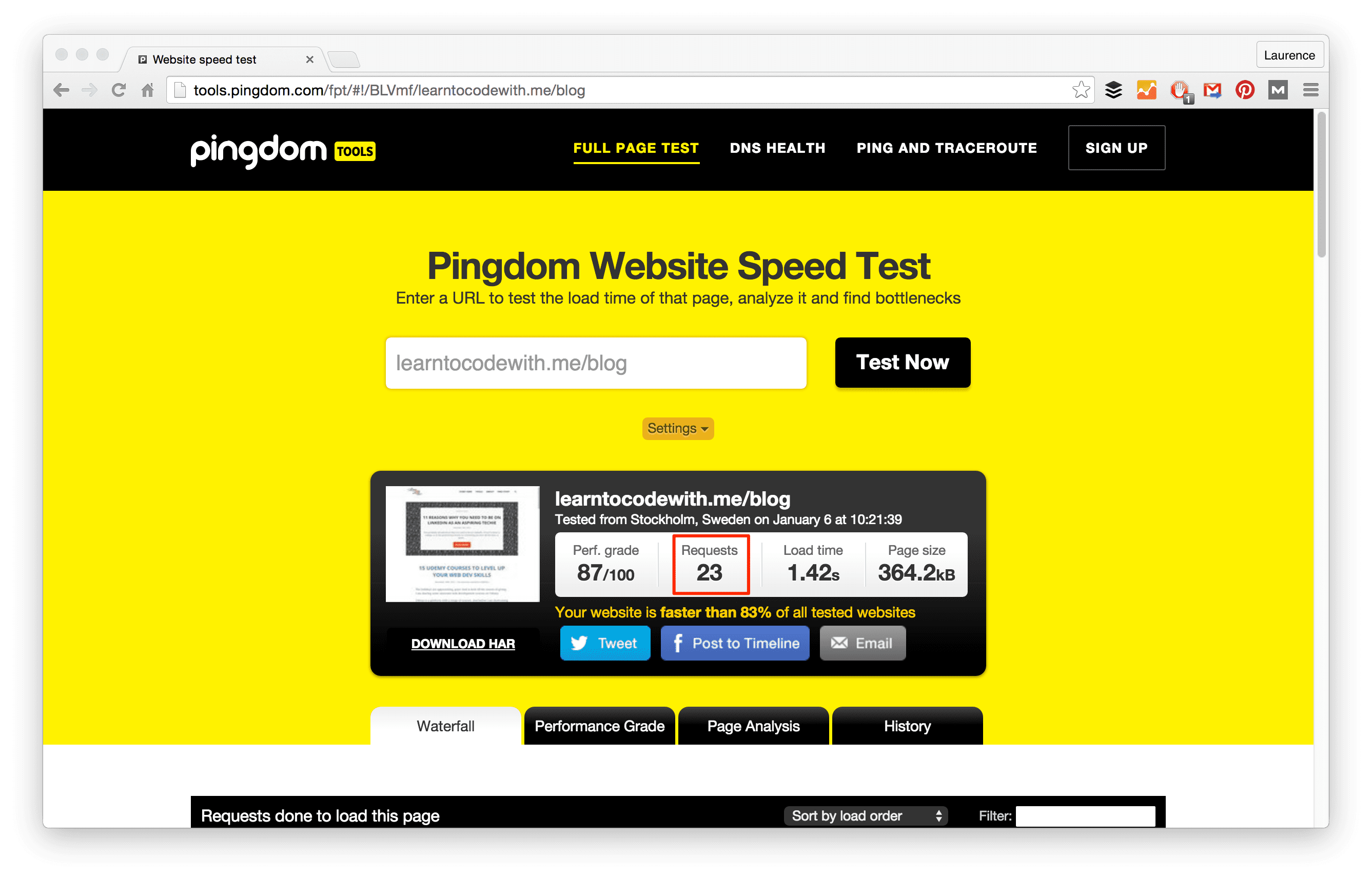How To Make Images Load Faster Html
- How To Make Your Pc Faster
- How To Make Images Load Faster Html To Pdf
- How To Make Images Load Faster Html Download
Based on what these tools can offer, here are 7 tips to make your websites load faster: 1. Minify HTML, CSS and JavaScript: To do so, remove all unnecessary comments, white space and code. This will improve performance because the file size will be reduced. To minify HTML, check out HTML Compress. For example, if your visitor is looking at your page on a smartphone, the server sends a smaller version of the image, which makes the page load faster. Here, you need to make sure that you insert the images using WordPress “Add Media” option and not type the link manually.
Related Articles
- 1 Create a GIF Background for a Web Page
- 2 Putting a Background on a Thesis Theme in WordPress With OpenHook
- 3 HTML Coding for a Background
- 4 GIF to ICO Transparent Backgrounds
A background image adds greatly to the visual appeal of a Web page. However, an image with large dimensions can take a great deal of time to download on a slow connection, and if you place the background image code in the section of an HTML document, it can delay loading the page's main content. Select a technique to reduce the size of the image and optimize the source code of the Web page to allow the visitor's browser to download the page's main content while the background image loads. Then, make an adjustment on your Web server to cache the image on the visitor's computer.
1.Convert the background image to the JPG format and compress it to reduce its size. Converting a PNG background image to JPG can result in a significantly smaller image that appears virtually identical. Many free image editing programs such as GIMP and Paint.net can convert a PNG file to JPG while allowing you to select a compression ratio that balances file size and image quality.
2.Use tiling to repeat a small image in all directions rather than using a background consisting of a single large image. Add the following code after the tag of the HTML document:

Alternatively, use the following code to display a larger image without tiling:
Replace 'www.website.com/background.jpg' with the URL of the desired background image. If you want to use a background image that is impossible to tile, it is best to use CSS to place the code to generate the image in the section of the document because it allows a browser to begin downloading the text in the section even if the background image has not finished downloading yet.
3.Use a solid color instead of an image for the page's background. Browsers can render solid colors without downloading data, contributing greatly to reduced loading times. Add the following code after the tag:
Replace '#FFFFFF' with the hex code for the desired color.
4.Connect directly to your Web server using an FTP client such as FileZilla. In the HTML root directory -- usually 'wwwroot' or 'public_html' -- locate and download the file '.HTACCESS.' If you don't see a file with this name, create it with Notepad. Add the following code to the top of the file before uploading it back to the server:
This tells a visitor's Web browser to cache your website's background image on the local machine and display it directly from the hard drive after downloading it from your server once. Modify the date as desired.
References (4)

Resources (4)
About the Author

Jason Artman has been a technical writer since entering the field in 1999 while attending Michigan State University. Artman has published numerous articles for various websites, covering a diverse array of computer-related topics including hardware, software, games and gadgets.
Cite this Article